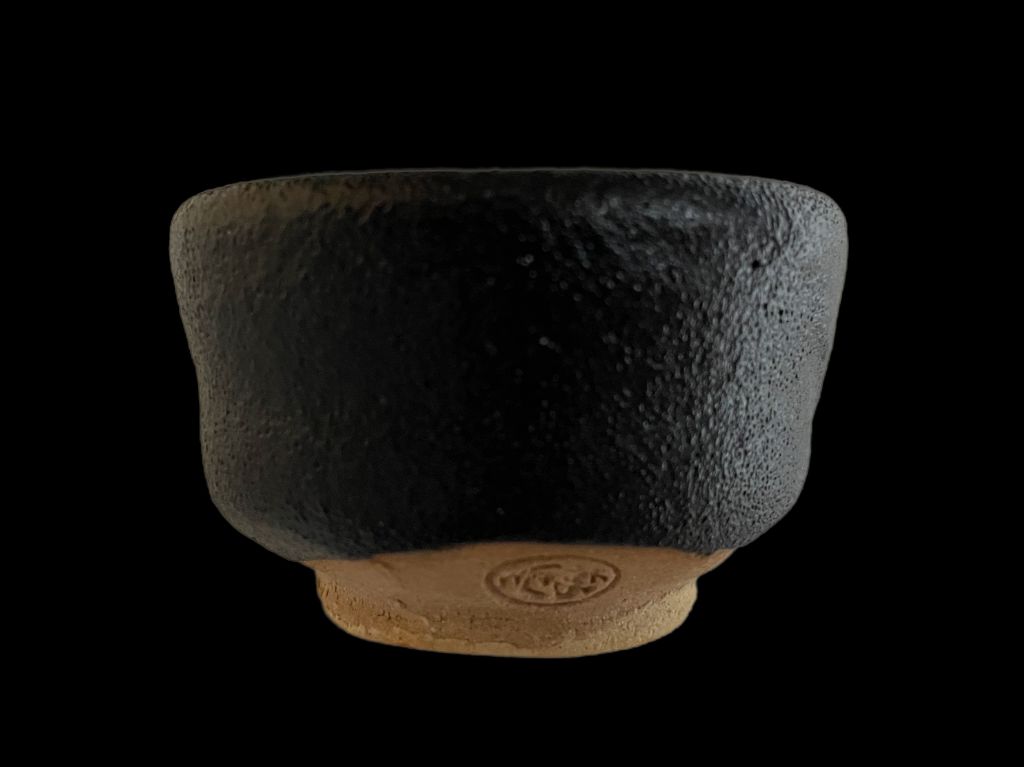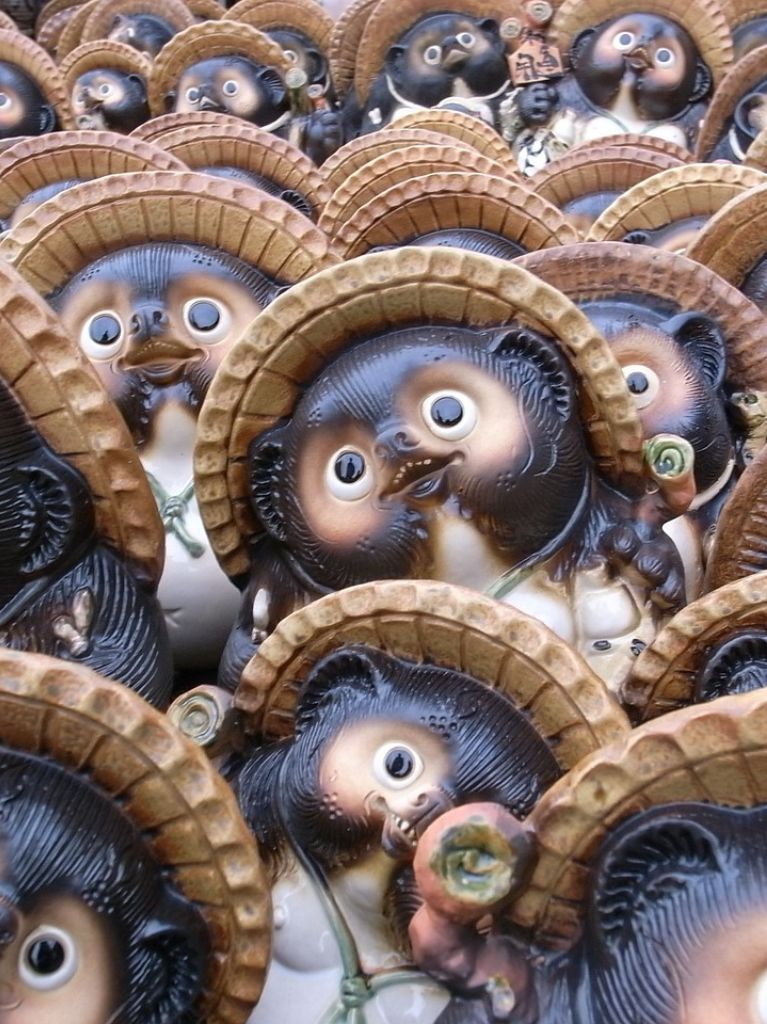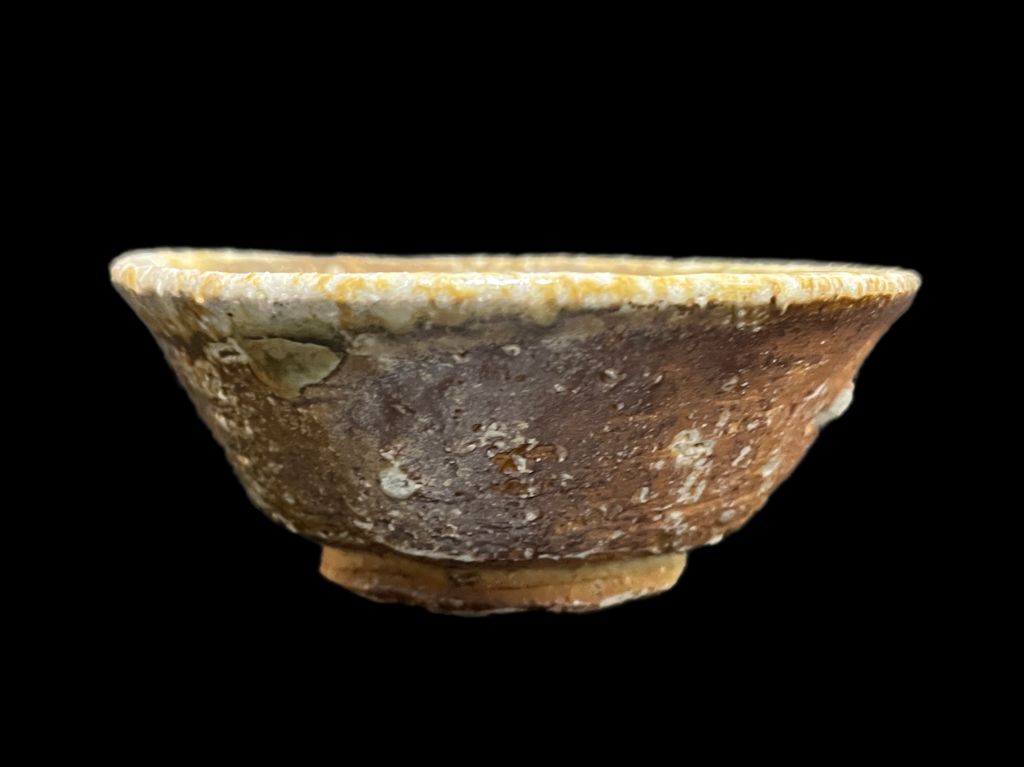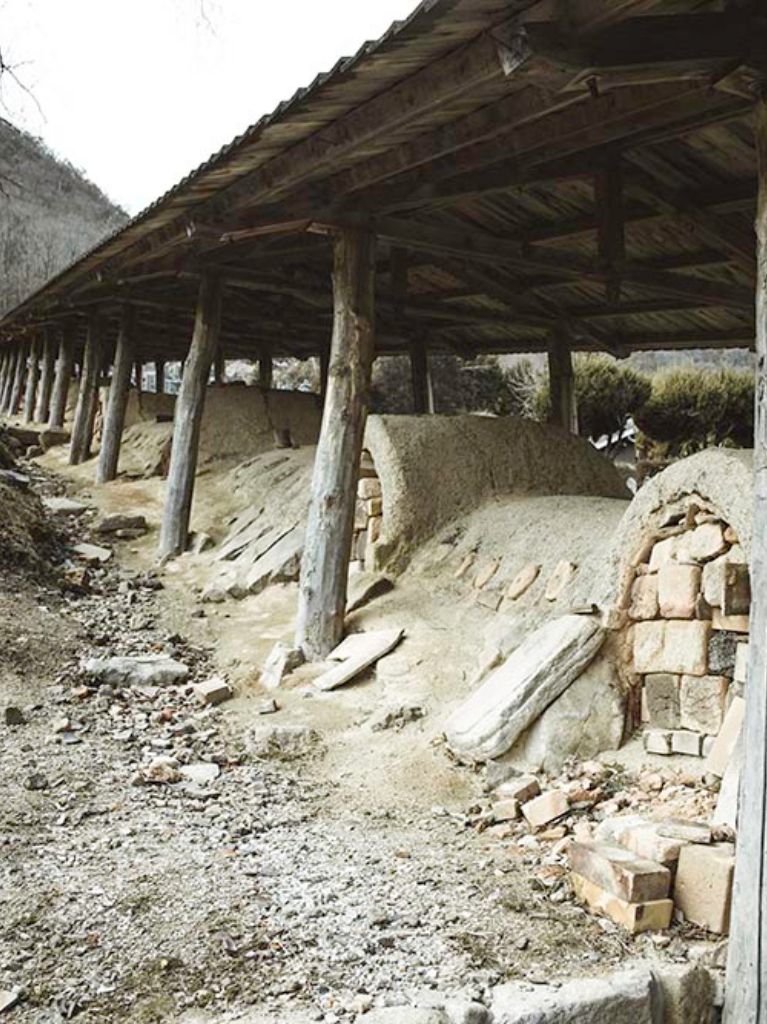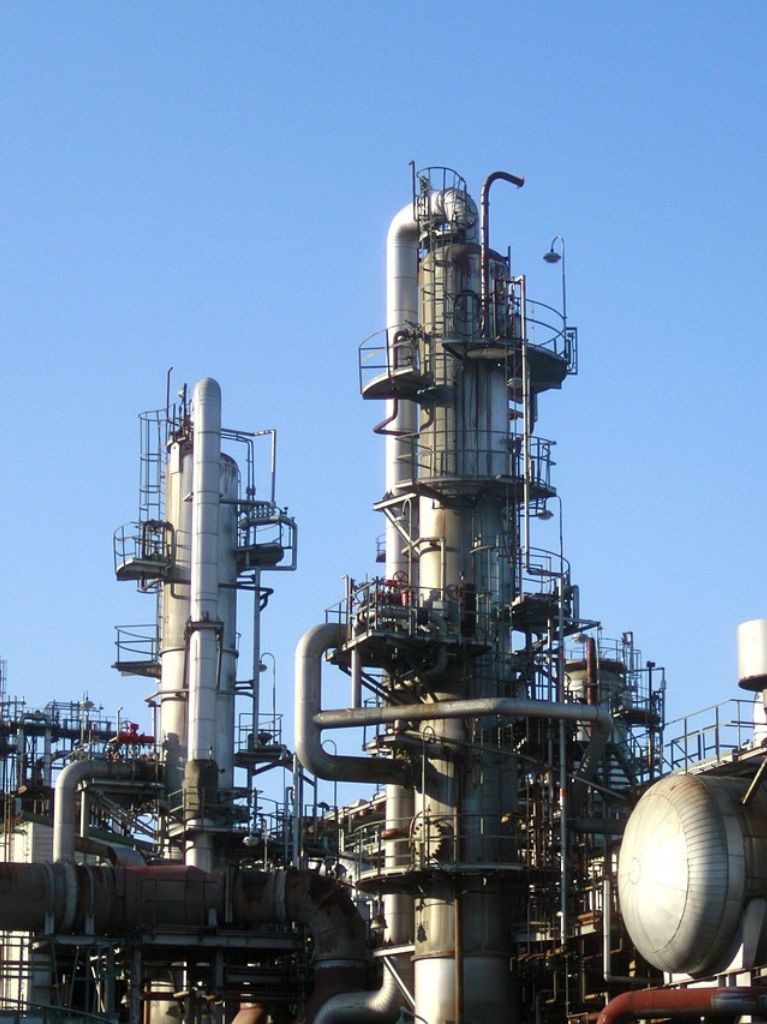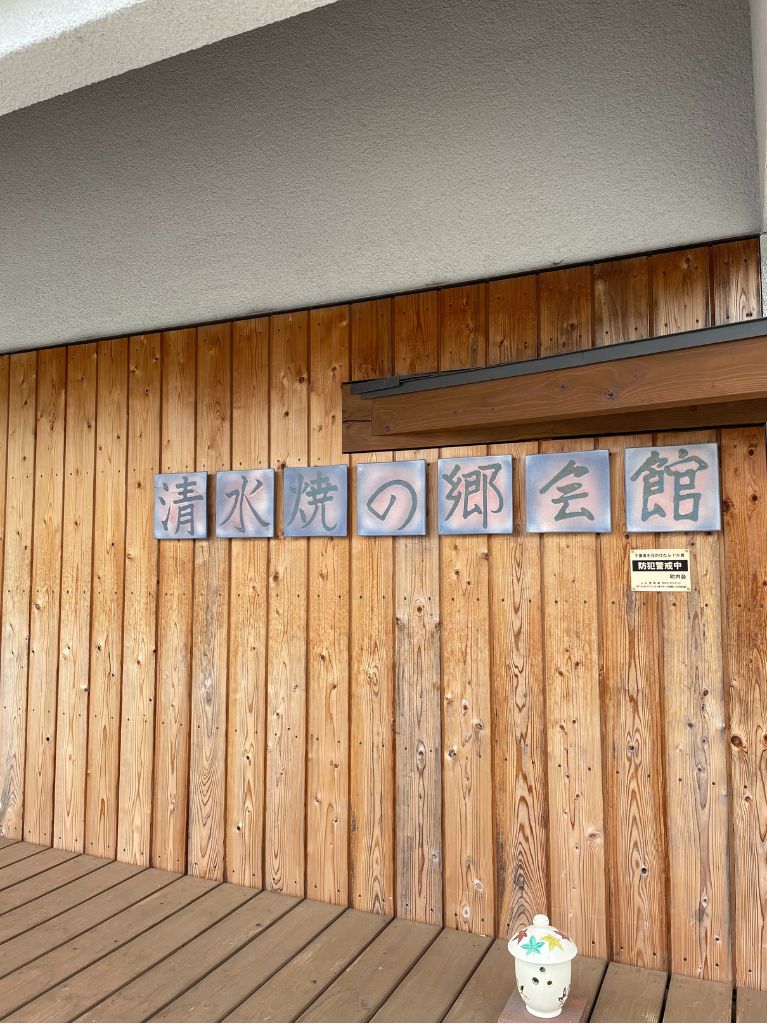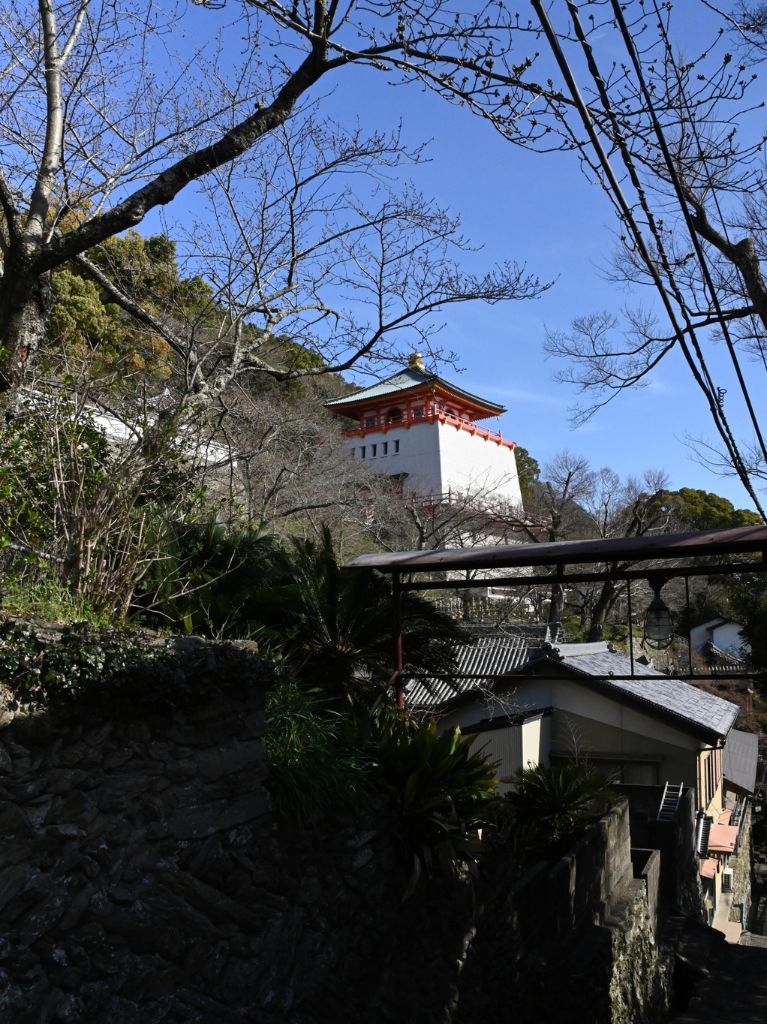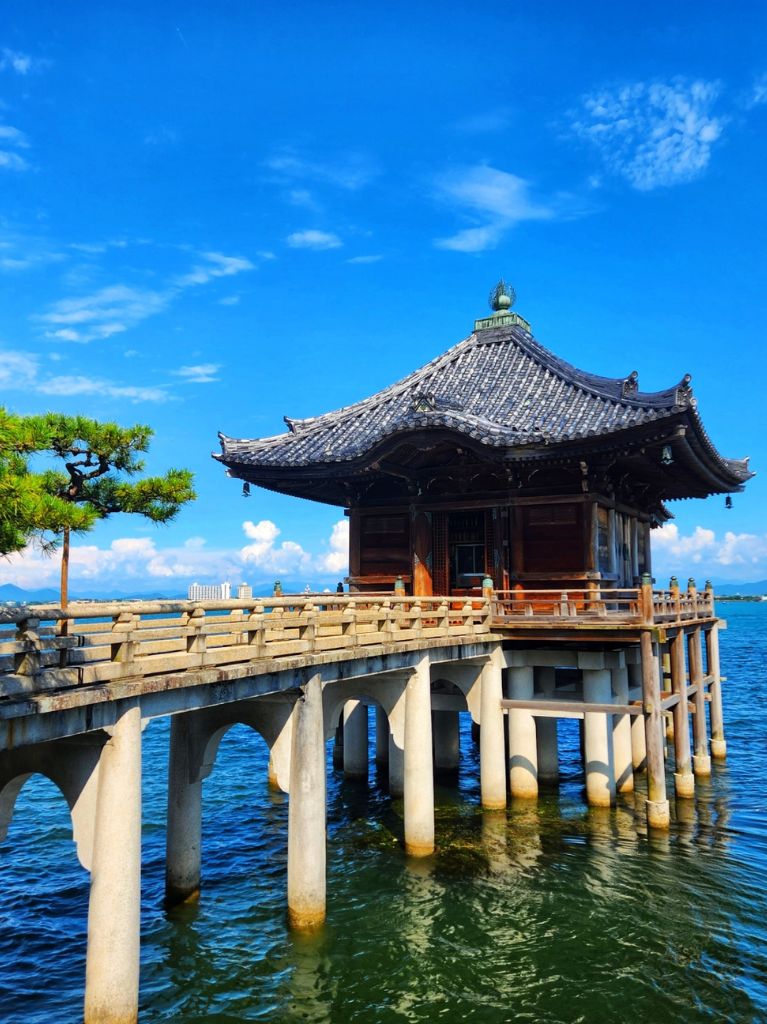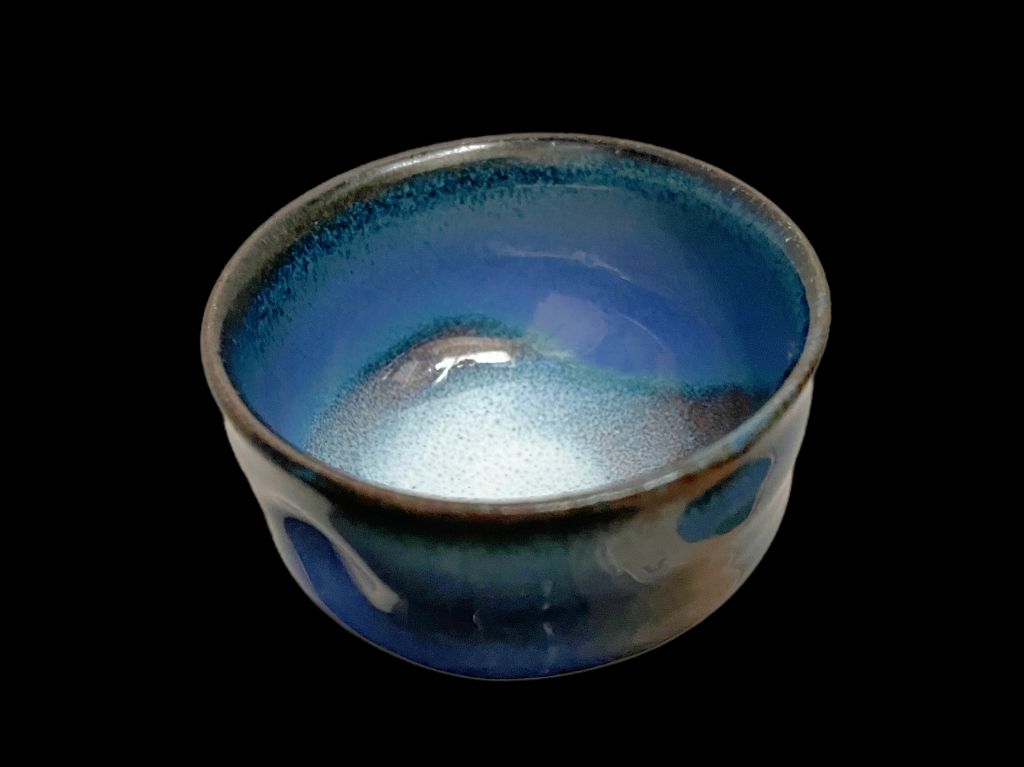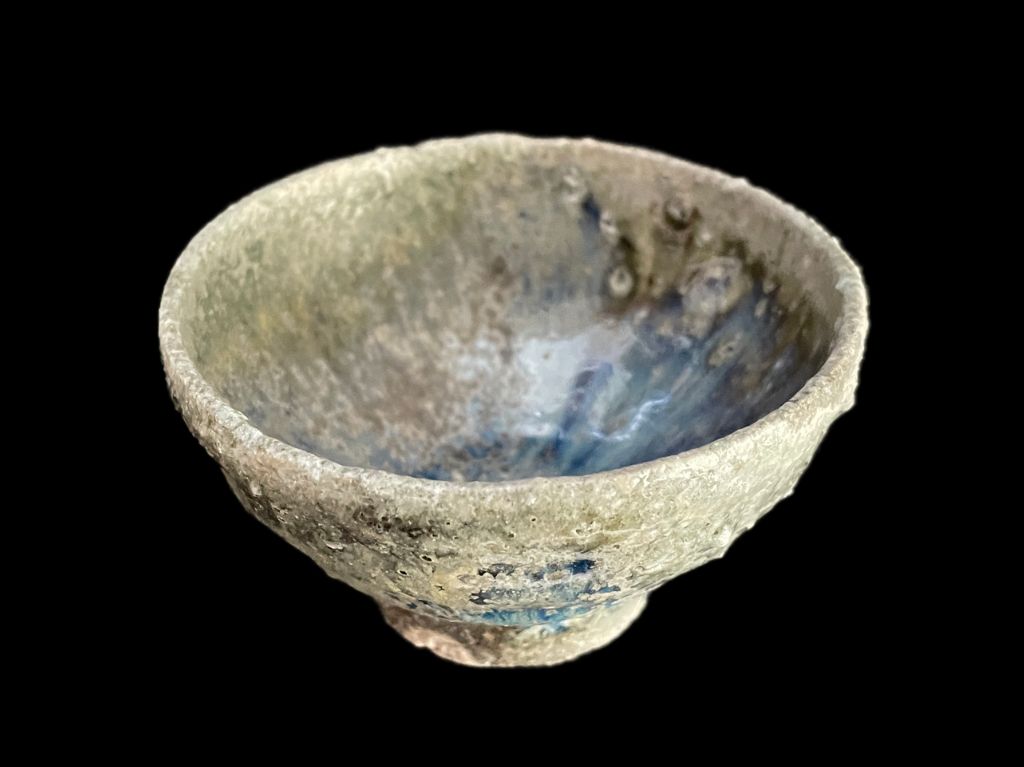KINKI
SHIGARAKI YAKI
SHIGARAKI YAKI is a traditional Japanese pottery produced near Shigaraki Town, Kouga City, Shiga Prefecture, and is one of the six ancient kilns of Japan. Its history dates back to the Kamakura period, and it is said that production began under the technical influence of TOKONAME YAKI.
Traditional SHIGARAKI YAKI is fired without glaze, so it is characterized by a rough texture and a slightly thick, heavy feel. Many modern SHIGARAKI YAKI use ash glaze, oil drop Tenmoku glaze, and other ceramic materials and etc.
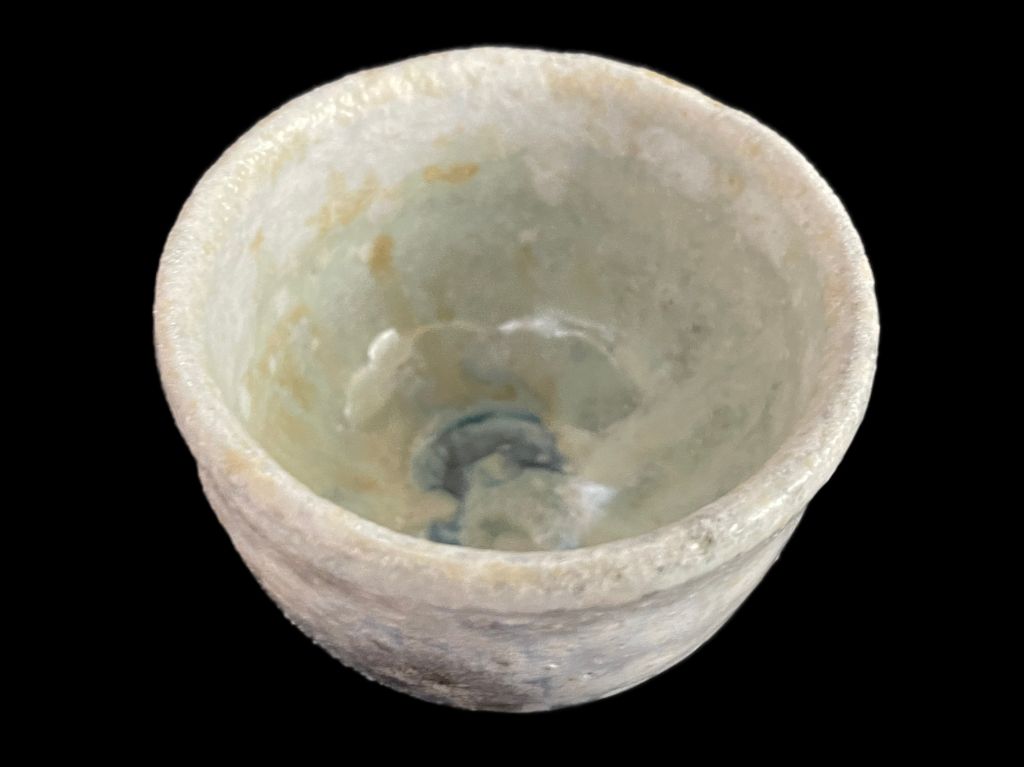
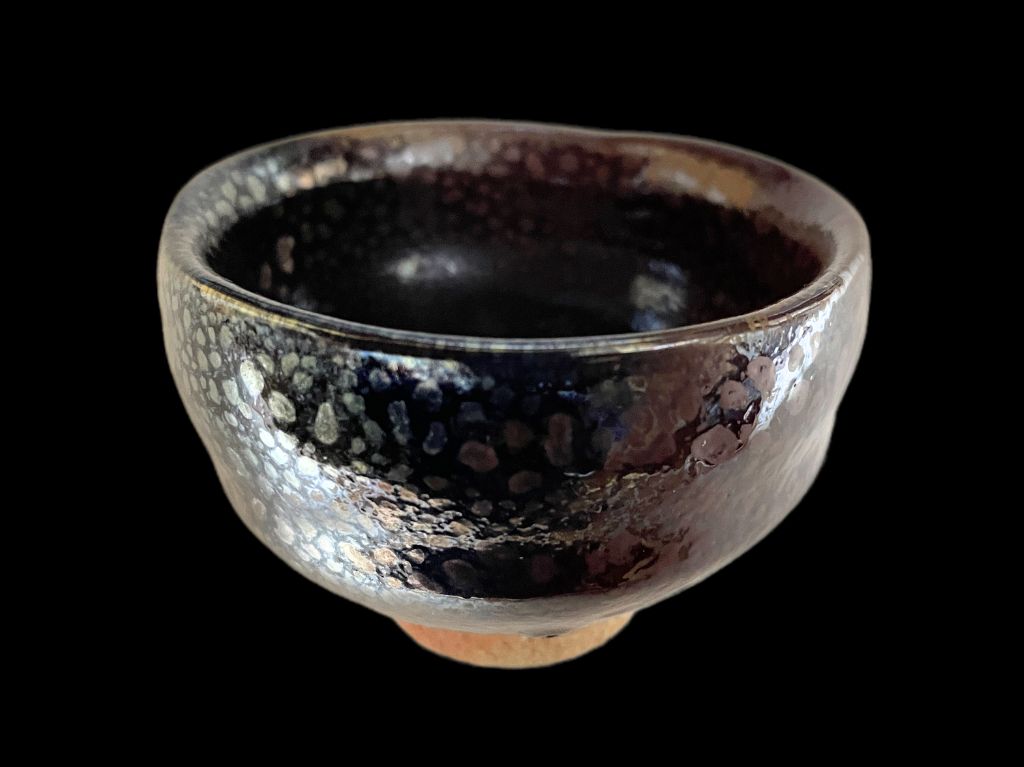
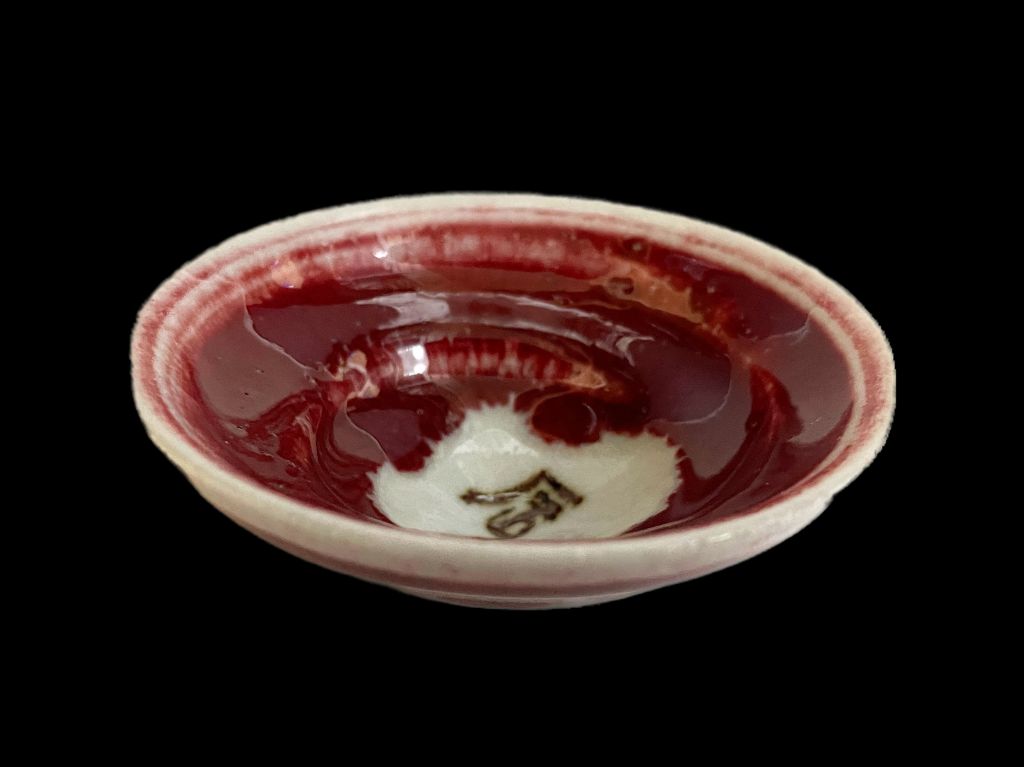
TANBA YAKI
TANBA YAKI is a traditional pottery produced in the area around Tanba Sasayama City, Hyogo Prefecture, and is one of the “Six Ancient Kilns of Japan”. Its history dates back to the end of the Heian period, and it is said that production began under the technical influence of TOKONAME YAKI. It is also known for having the oldest existing climbing kiln.
Traditional TANBA YAKI is characterized by its brown and green colors, as it is fired with natural glazes (vitrified wood ash). Modern TANBA YAKI also often uses glazes, and many potters are free to use ceramic materials to create their works.
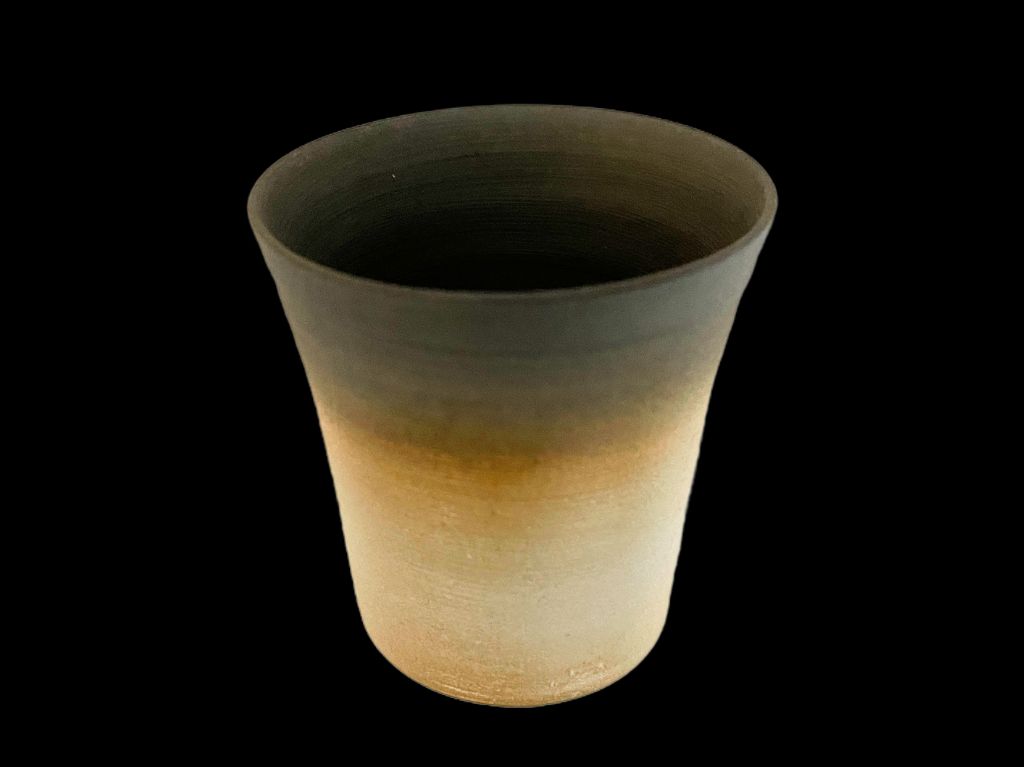
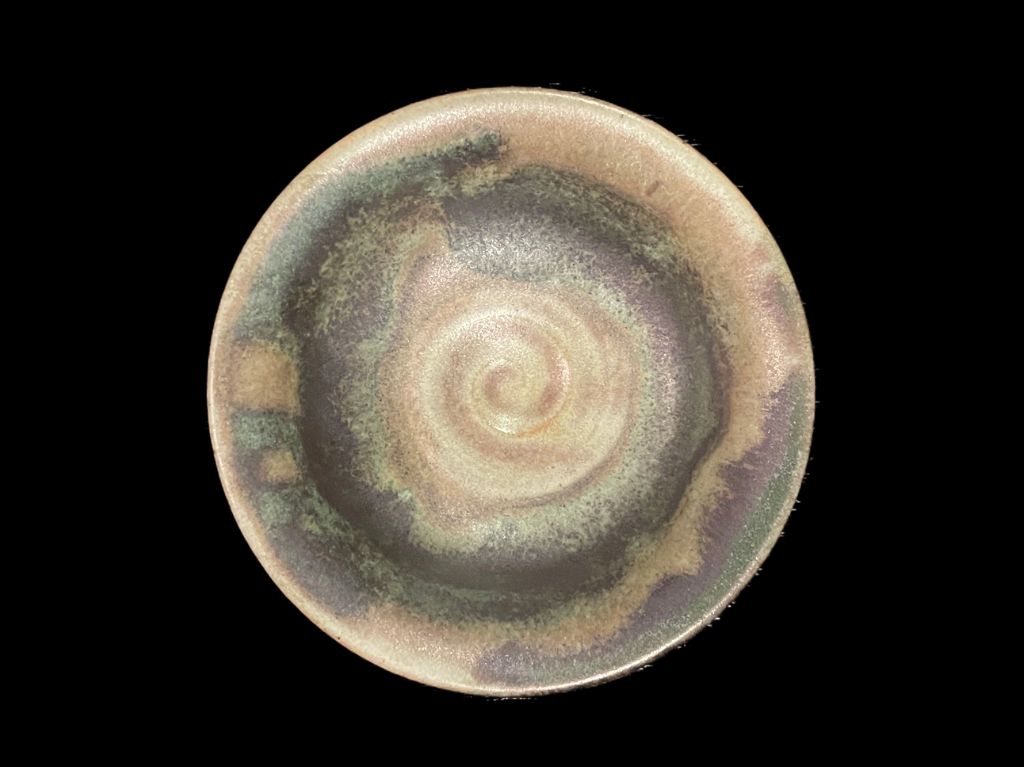

IGA YAKI
Iga ware is a traditional Japanese pottery produced in Iga city, Mie prefecture. Its history dates back to the Nara period, and it developed in earnest from the end of the Heian period to the Kamakura period. It then went into decline for a time, but was revived in the late 18th century and continues to this day.
Traditional Iga ware uses clay from ancient Lake Biwa, which is resistant to heat, so it can be fired multiple times without applying glaze, and is characterized by its fire-colored texture. Modern Iga ware also uses a variety of glazes.
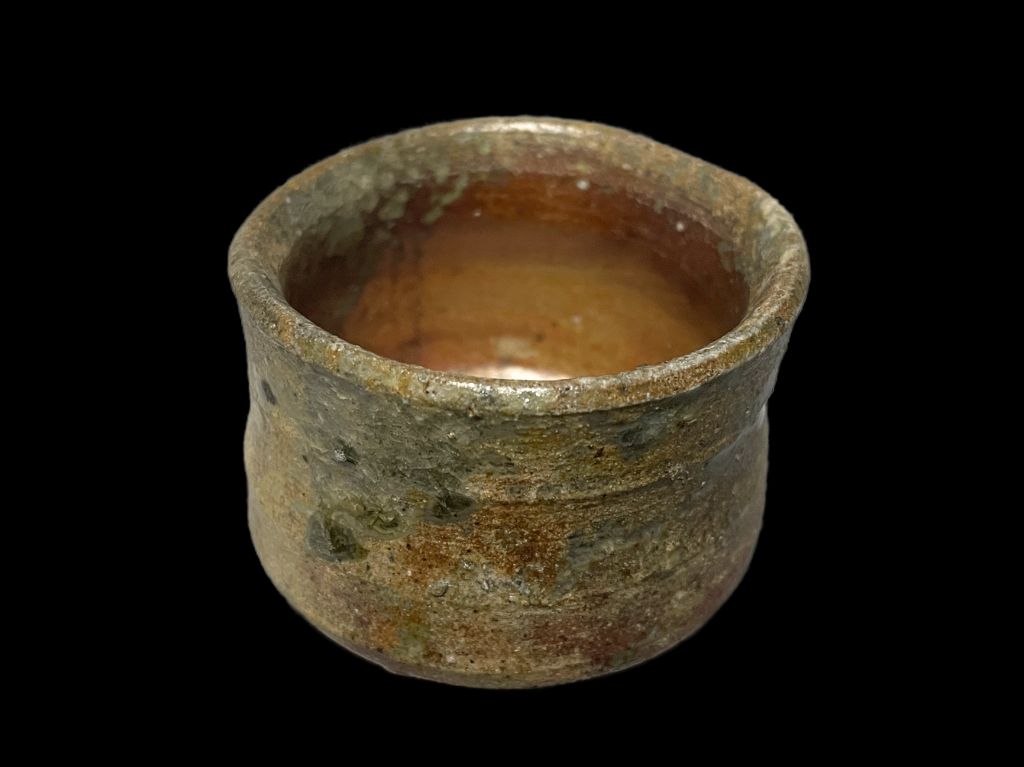
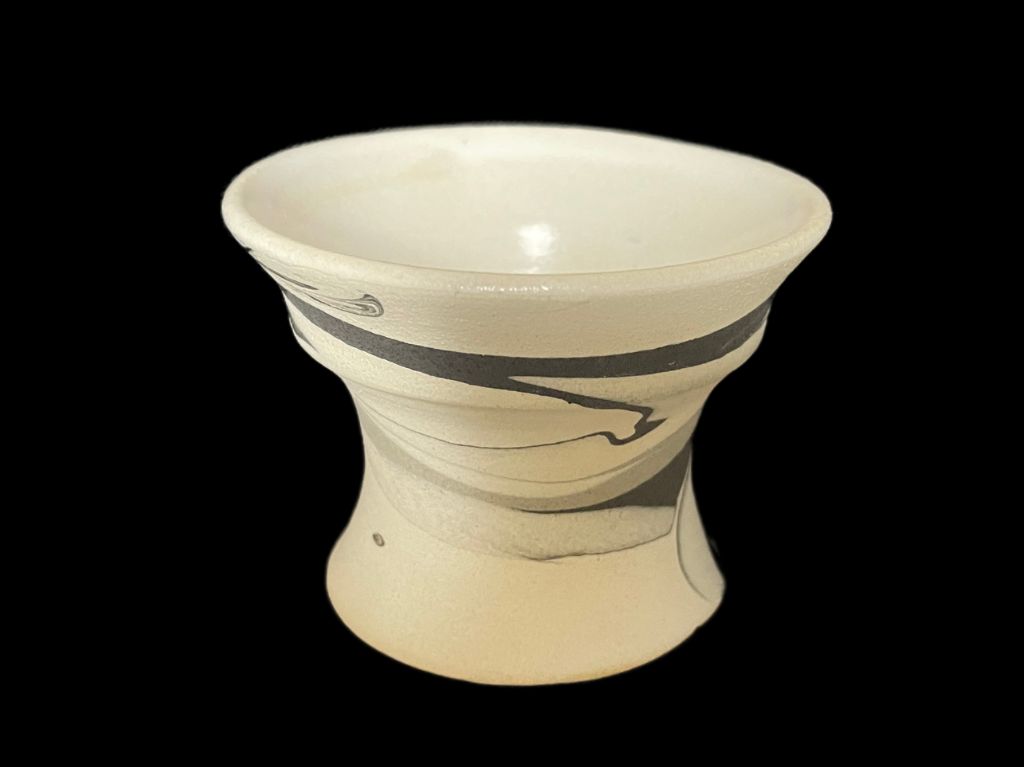
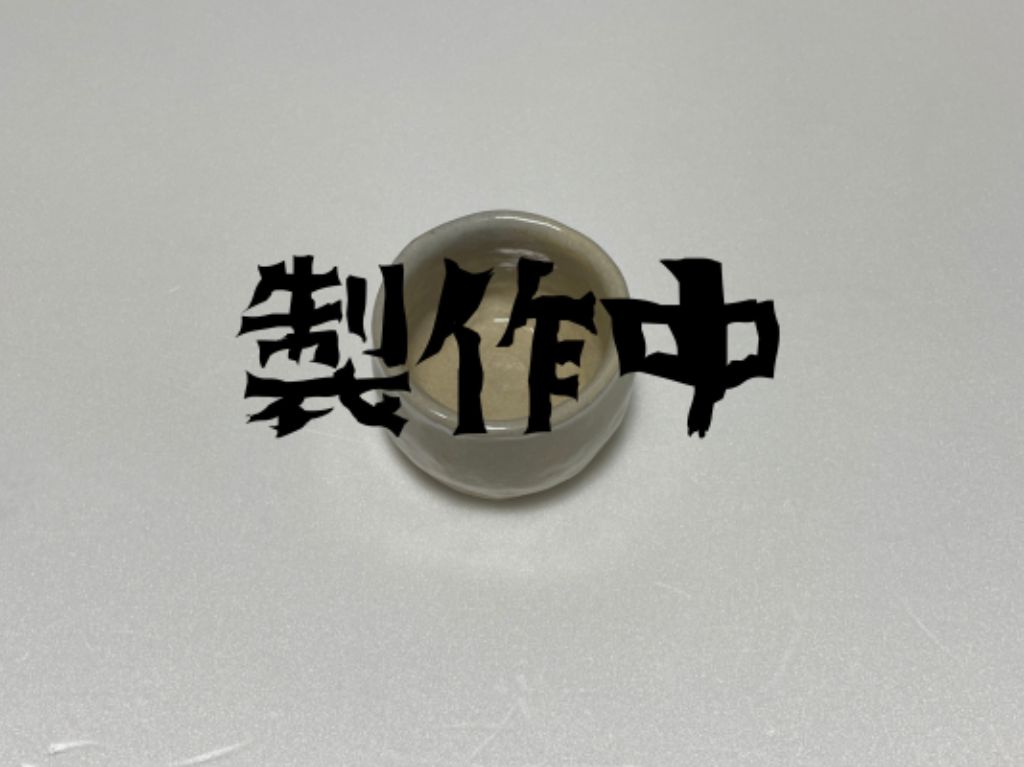
BANKO YAKI
BANKO YAKI is a traditional semi-porcelain (harder and more water-resistant than pottery) produced in the Yokkaichi area of Mie Prefecture. Its history dates back to the mid-Edo period, when Nunami Rozan opened the kiln. Old BANKO YAKI (Kobanko) was once abandoned, but was later revived as “Sekku Banko” and “Yokkaichi BANKO YAKI,” which became the BANKO YAKI we know today.
Kobanko and Sekku BANKO YAKI are often brightly colored, but Yokkaichi BANKO YAKI is often simple, fired without glaze in a reddish-bean color known as “purple clay”.
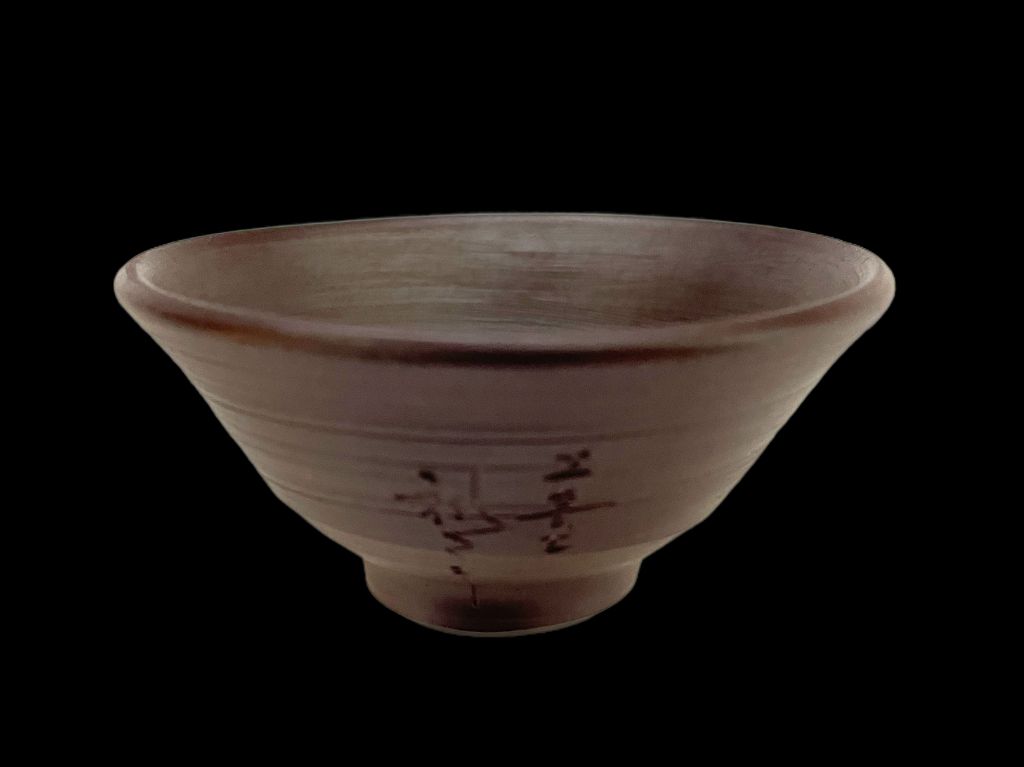
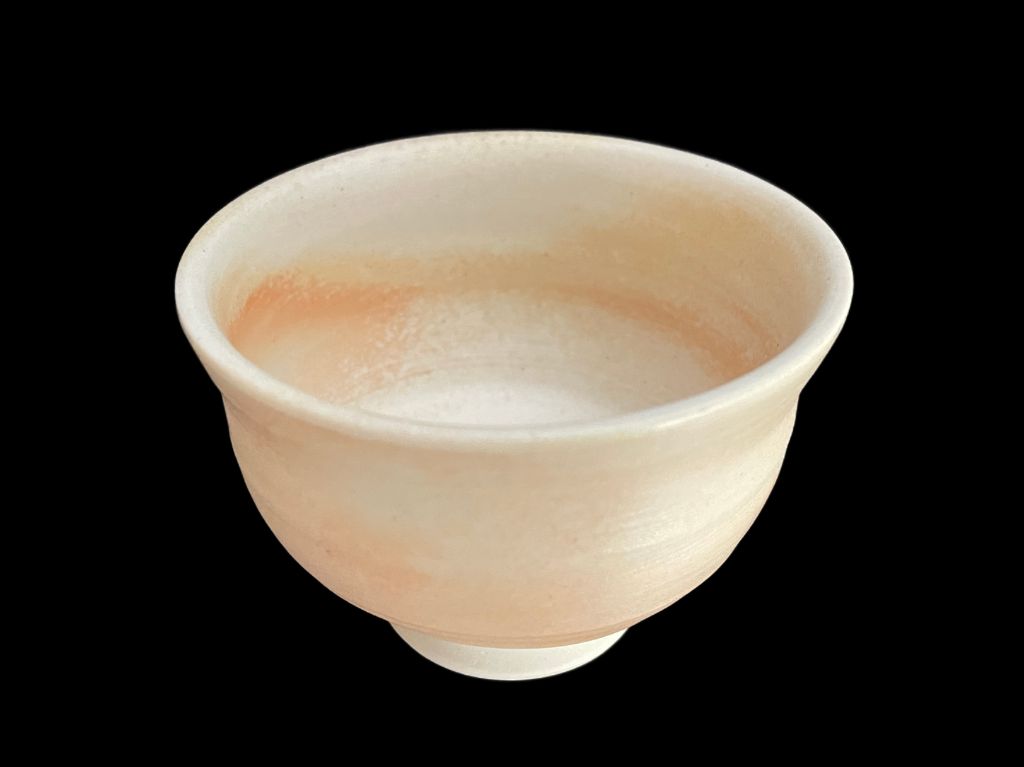
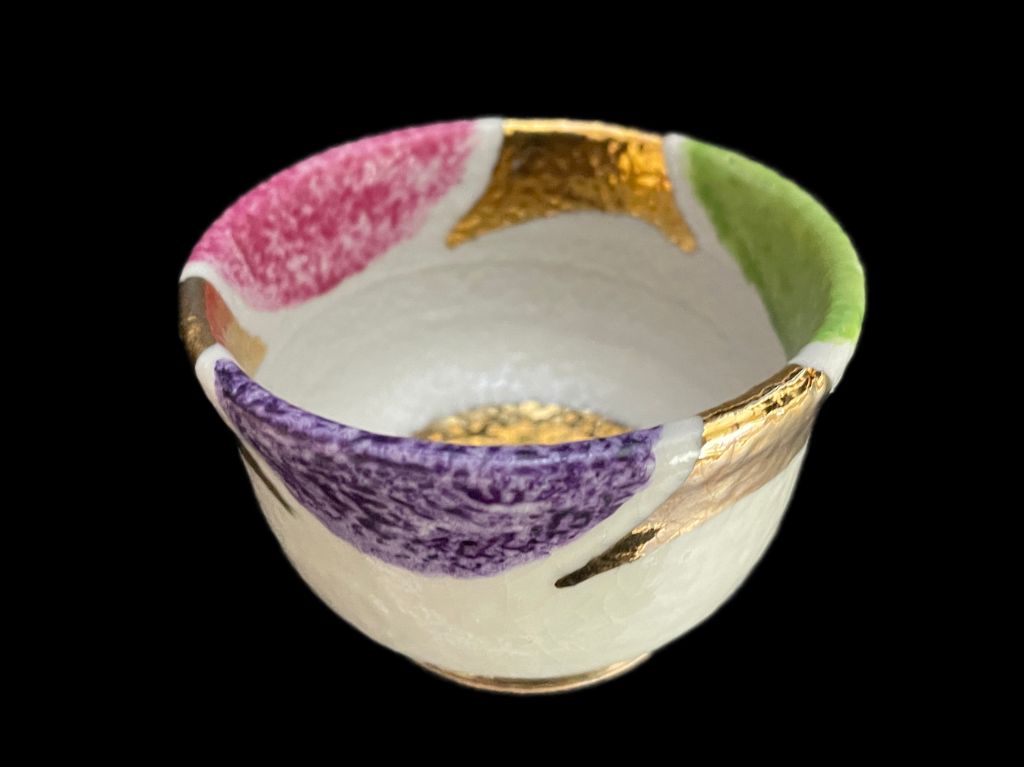
KYO YAKI (KIYOMIZU YAKI)
KYO YAKI is pottery that spread mainly in the Higashiyama foothills area of Kyoto, while KIYOMIZU YAKI is pottery made on Gojozaka near Kiyomizu Temple. Together, they are traditional Japanese ceramics known as KYO YAKI and Kiyomizu-yaki. Their history dates back to the early Edo period and spread along with the tea ceremony.
KYO YAKI and KIYOMIZU YAKI have long been made using various clays and glazes from various regions. In recent years, there are pottery pieces that use metallic glazes such as manganese or copper.
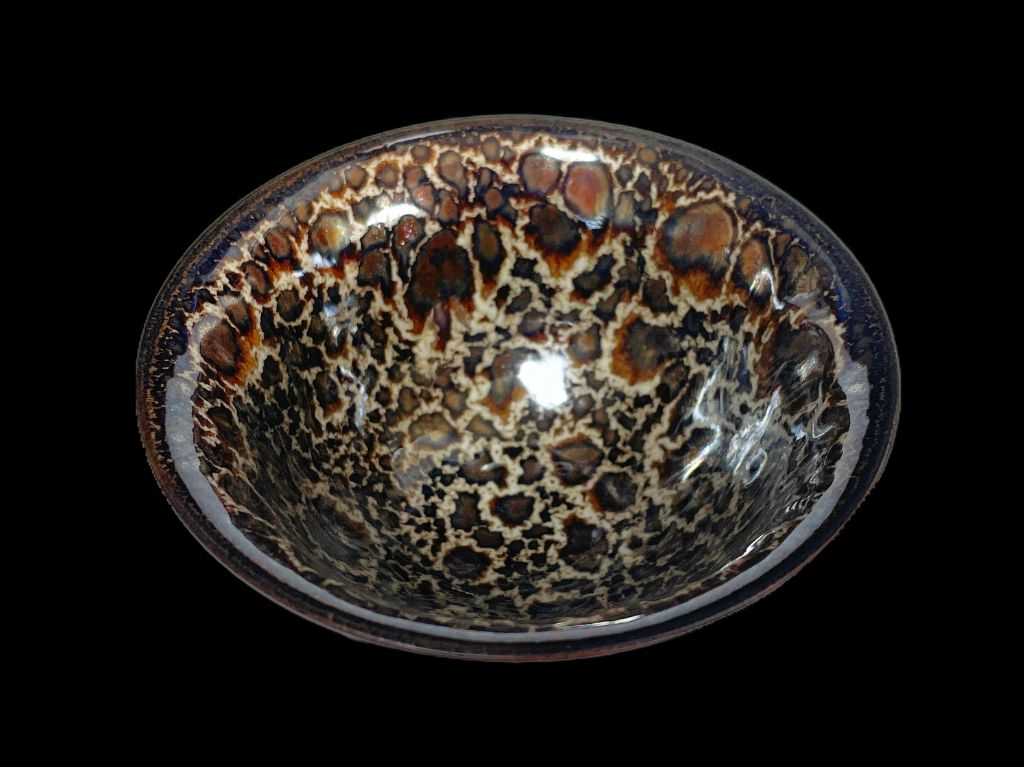
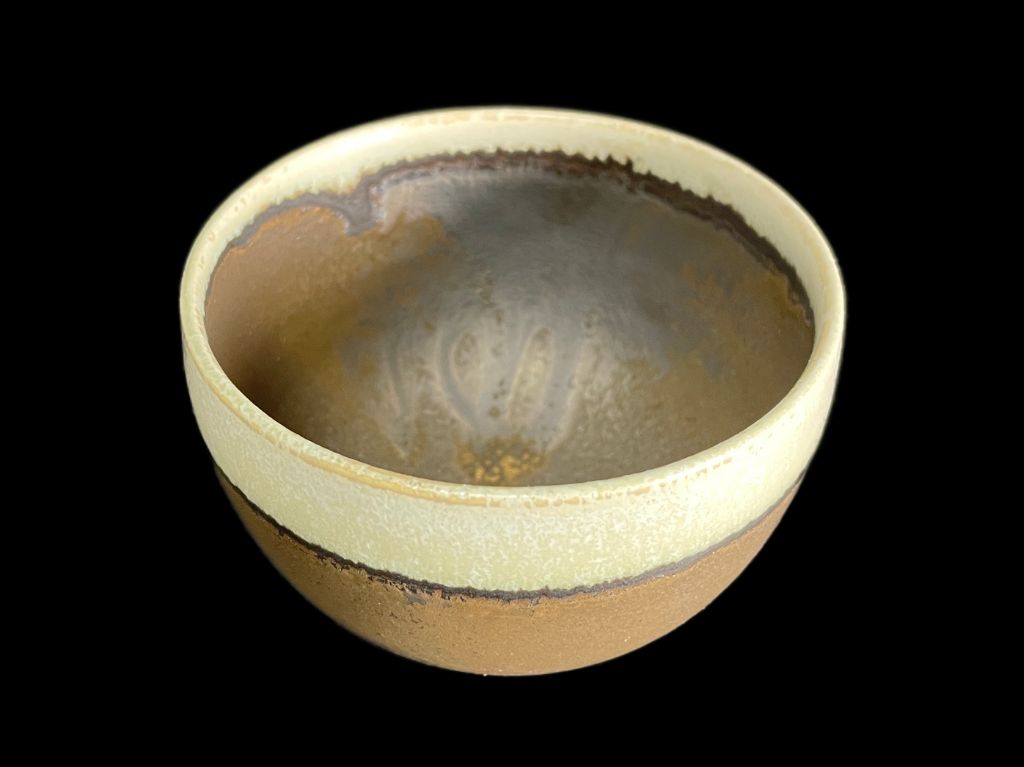

KISHU YAKI
KISHU YAKI is a traditional Japanese pottery produced in the area around Shirahama-cho, Nishimuro-gun City, Wakayama Prefecture. Its history dates back to the early Edo period, and it was known as JINBEI YAKI and ZENMYOHI YAKI, but all kilns went out of business. In 1932, Suiyo Samukawa tried to revive it by opening a kiln in Odawara, and later moved the kiln to Nanki-Shirahama.
Traditional KISHU YAKI is fired without glaze, and is characterized by a rough texture and a slightly thick. Modern KISHU YAKI uses the black stone (Nachi black) found in Kumano.
